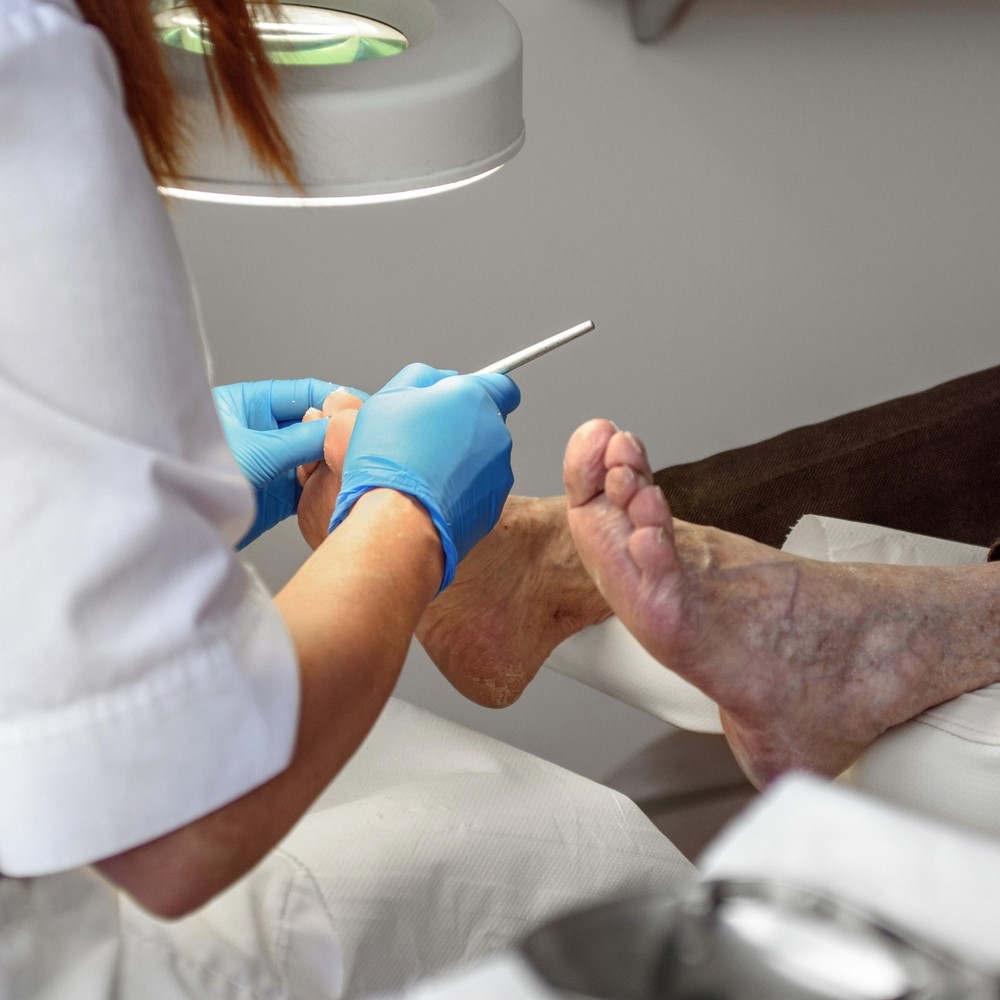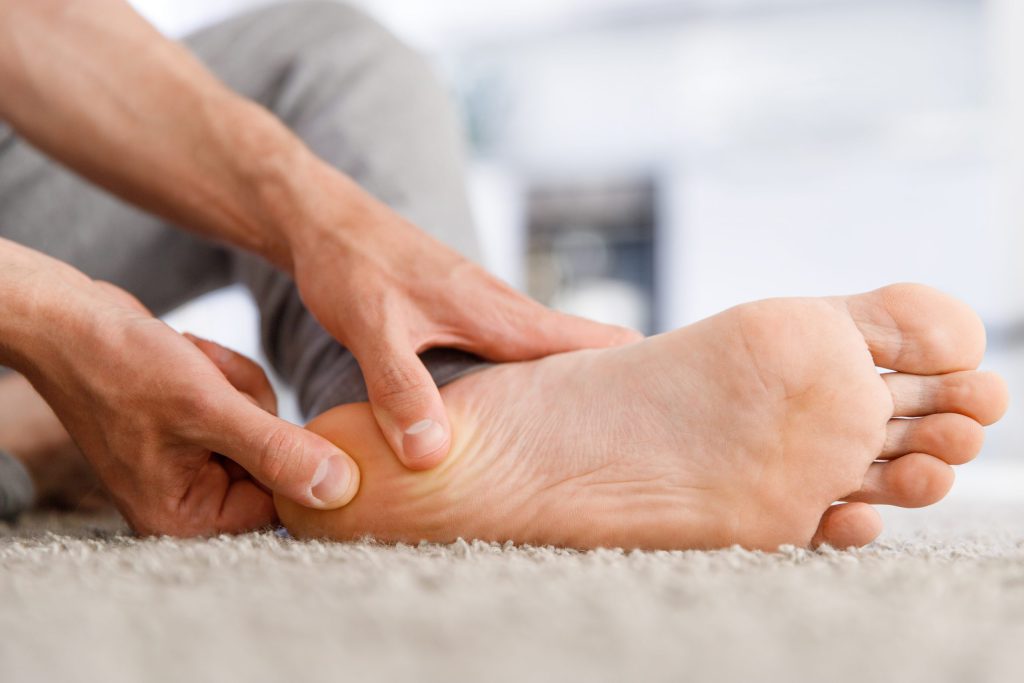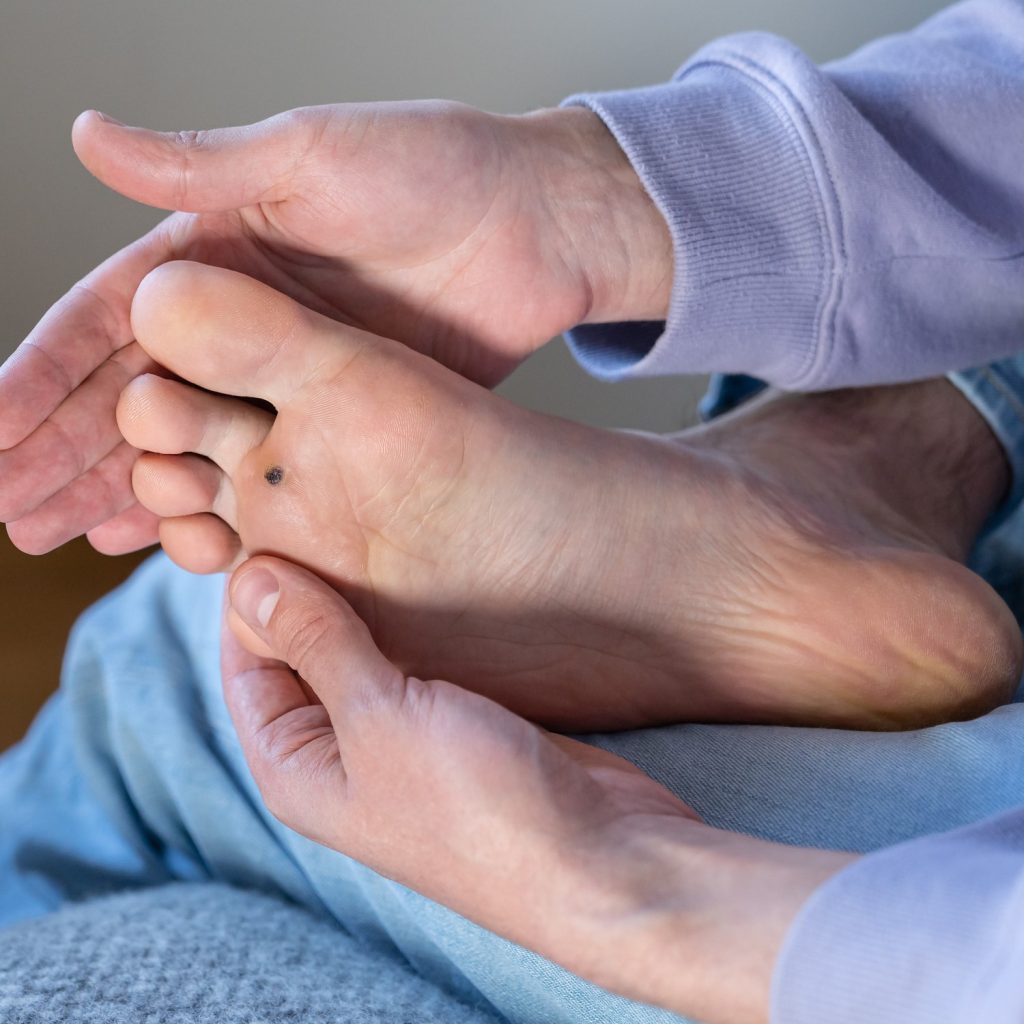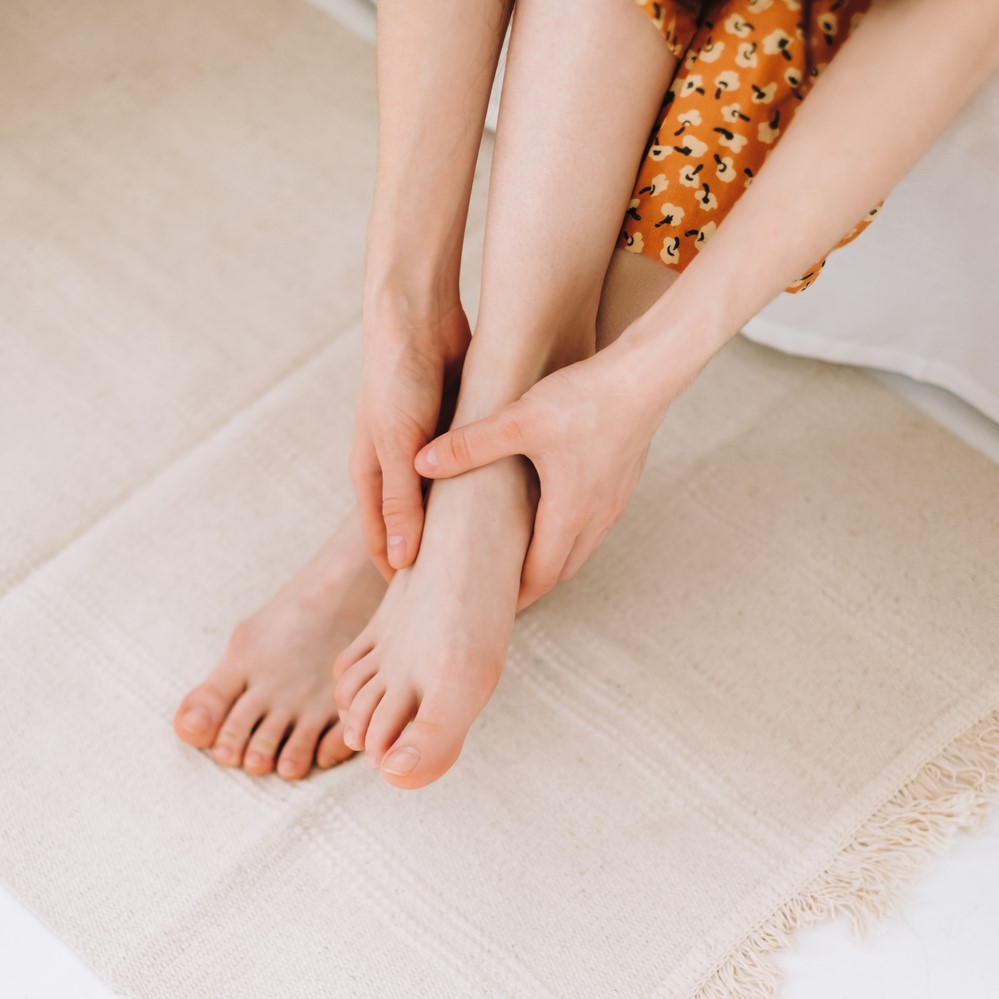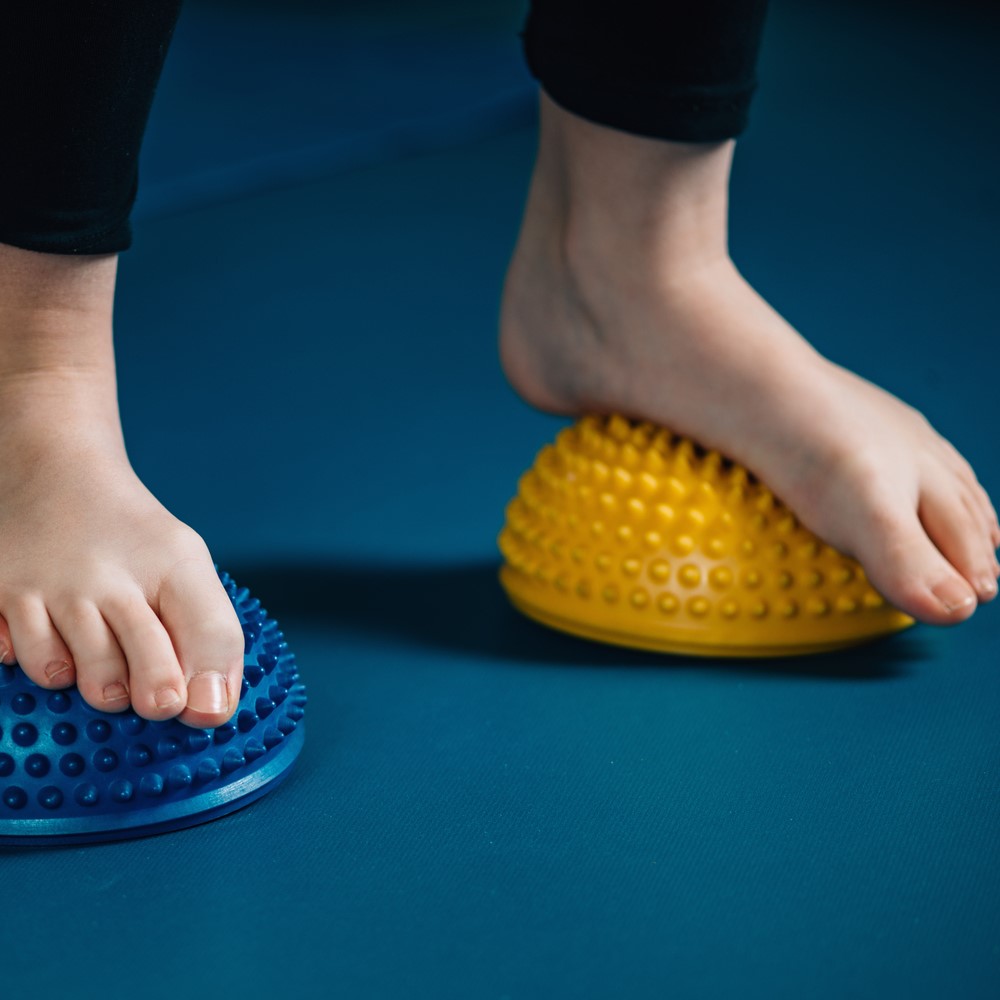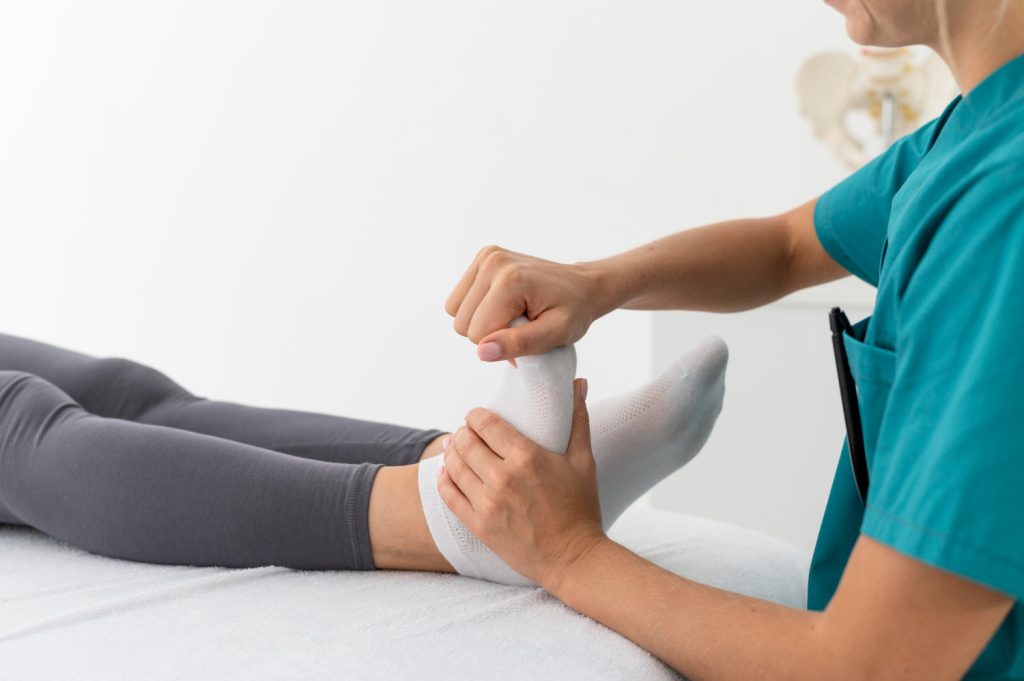Did you know there’s a simple treatment for verruca that actually works and it doesn’t involve chemicals or lasers? When needling done correctly it can be incredibly effective at clearing up stubborn plantar warts for good. In this post, we will reveal more about needling for verruca. What Is Verruca? Verruca, also known as warts, are small, raised growths on the skin caused by a virus. They are most common on the hands and feet, although they can appear on other regions of the body as well. Verruca can be unsightly and sometimes painful. There are a number of treatments available for verruca, including cryotherapy, laser therapy, and chemical peels. Find out more about Verruca. What About Needling for Verruca? Needling is a newer treatment option for verruca. It involves the use of a sterile needle to puncture the verruca, which causes the body’s immune system to attack the virus. Usually, a podiatrist is the one who performs the needling. The needling procedure is typically painless, due to using a local anesthetic. The needle is then inserted into the verruca and repeatedly punctured. The number of punctures varies depending on the size and severity of the verruca. Needling is often effective in treating verruca, but it may require multiple treatments. The size and location of the verruca, as well as the patient’s immune system all affect the success rate of needling. It is a safe and effective treatment for verruca. However, it is important to note that there are some risks associated with the procedure, such as bleeding, infection, and scarring. Needling in A Nutshell It is a relatively new treatment option for verruca. Verruca may require multiple treatments. Needling is a safe and effective treatment for most people, but it is important to talk to your podiatrist about the risks and benefits before you decide to have the procedure. Tips for preventing the situation from worsening If you have a verruca, there are a number of things you can do to help prevent the spread of the virus, including: Wash your hands often with soap and water Do not share personal items, such as towels and shoes. Keep your skin clean and dry. Trim your nails short. Wear shoes when you are in public places. If you have any questions or concerns about Verruca, please talk to your doctor or podiatrist.
